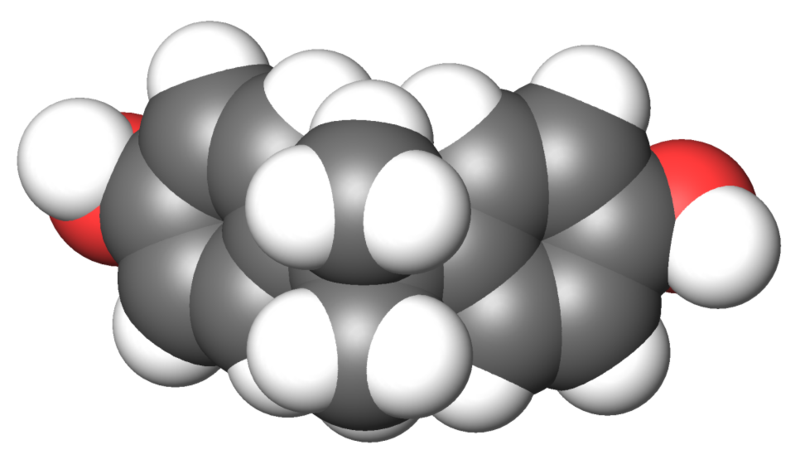Team:PennState
From 2008.igem.org
| Line 193: | Line 193: | ||
<hr /> | <hr /> | ||
| - | <img src="https://static.igem.org/mediawiki/2008/d/d9/PSU2008iGEM_BPAimage.png" alt="[img]" style="float:left; margin:5px;"/> | + | <img src="https://static.igem.org/mediawiki/2008/d/d9/PSU2008iGEM_BPAimage.png" alt="[img]" style="float:left; margin:5px;width="950px""/> |
<p> The <em>Nuclear Fusion</em> project currently has two similar directions that it may turn but both involve a plasmid construct very generously donated to our iGEM team from David W. Wood, Department r of Chemical Engineering at Princeton University. Research in their lab has constructed a biosensor containing just the ligand binding domain of the estrogen receptor (ER). The ER is very similar to the PPAR and other hormone receptors. Previous attempts at isolating the ligand binding domain (LBD) failed due to the specific folding pattern of this region, therefore similar binding characteristics to natural ER. This was done by inserting the ligand binding region into a minimal splicing intein domain. This construct was also made more soluble by addition of a maltose-binding tag. The ER was fused with a thymidylate synthase enzyme (TS) that remains deactivated until homodimerization of the ER after binding ligand. The cells are grown on thymine-free plates allowing for recognition of strength and function of ER ligands.</p> | <p> The <em>Nuclear Fusion</em> project currently has two similar directions that it may turn but both involve a plasmid construct very generously donated to our iGEM team from David W. Wood, Department r of Chemical Engineering at Princeton University. Research in their lab has constructed a biosensor containing just the ligand binding domain of the estrogen receptor (ER). The ER is very similar to the PPAR and other hormone receptors. Previous attempts at isolating the ligand binding domain (LBD) failed due to the specific folding pattern of this region, therefore similar binding characteristics to natural ER. This was done by inserting the ligand binding region into a minimal splicing intein domain. This construct was also made more soluble by addition of a maltose-binding tag. The ER was fused with a thymidylate synthase enzyme (TS) that remains deactivated until homodimerization of the ER after binding ligand. The cells are grown on thymine-free plates allowing for recognition of strength and function of ER ligands.</p> | ||
Revision as of 15:59, 30 June 2008

| Home | The Team | The Project | Parts | Modeling | Notebook |
Hormone BiosensorsDiauxie Elimination |
PENN STATE iGEM 2008
Welcome to the Penn State iGEM 2008 team’s website. We are currently working hard at a few different projects for this year's competition. In early May we began brainstorming and came up with a couple of ideas to create biosensors that use human nuclear hormone receptors to recognize potentially harmful ligands. These receptor systems occur naturally in the human body, but our goal is to retain and utilize their functions in Escherichia Coli. We are also finishing up one of last year's projects which is aimed at creating a more efficient bioproduction process by altering how E. Coli selects between the utilization of 5 and 6 carbon sugars. Please explore our website to find out more about us and our projects! If there are any questions or comments about the information on this site please contact us at gjt5001@psu.edu.
| |||||||
Sponsors for our team! Thanks so much!



 "
"
![[img]](http://upload.wikimedia.org/wikipedia/en/8/87/PPARg.png)
![[img]](https://static.igem.org/mediawiki/2008/d/d9/PSU2008iGEM_BPAimage.png)